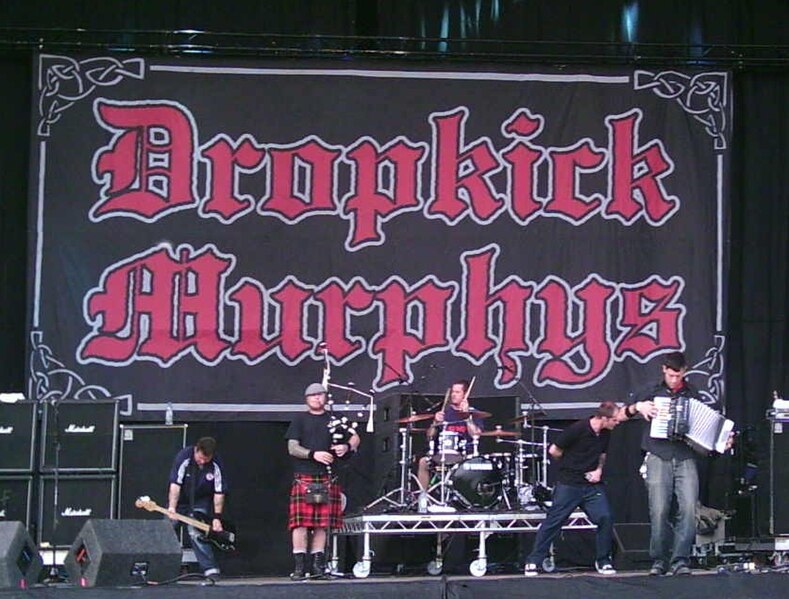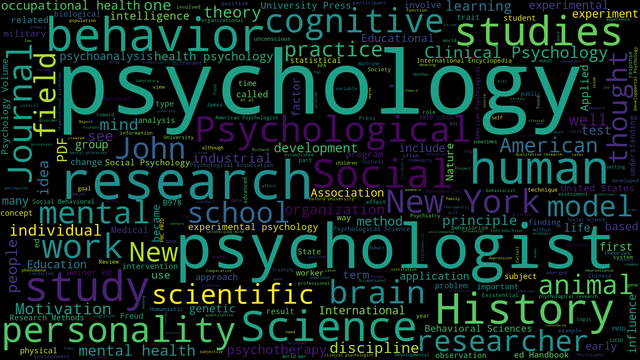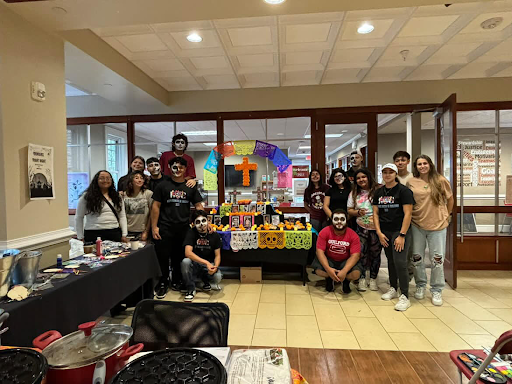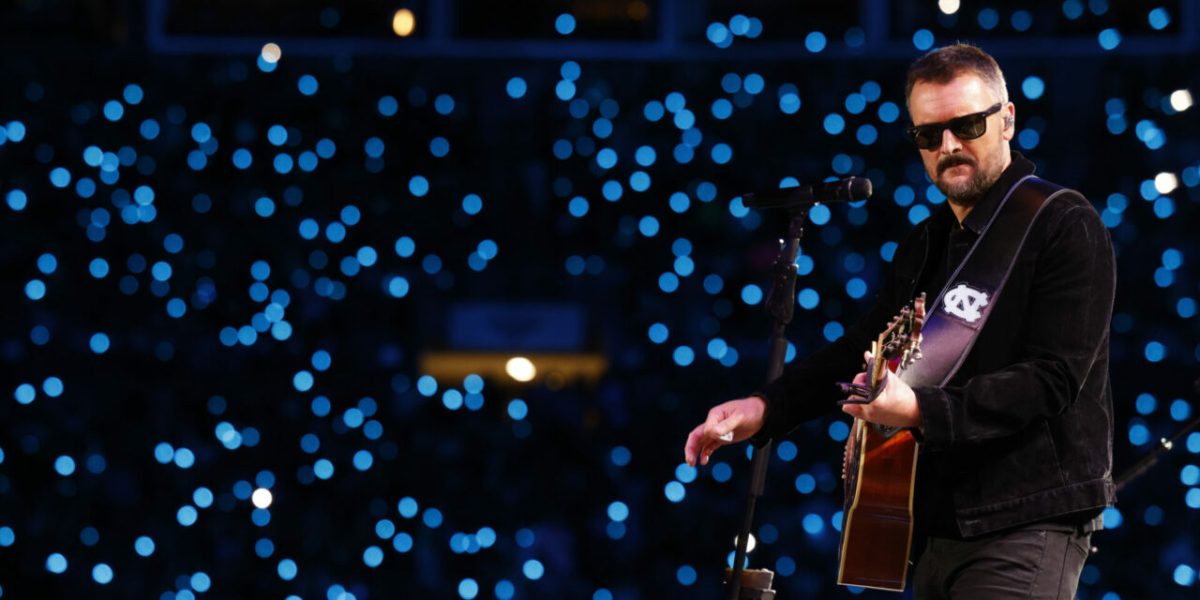Both Marvel Studios’ action-packed, character-rich films and Walt Disney Animation Studios’ vibrant, heartwarming animated films have proven to be successful on the big screen. On Nov. 7, “Big Hero 6” — a fusion of each studio’s cinematographic style — was released in theaters across the country. Directed by Don Hall and Chris Williams, the adventurous science fiction film is loosely based on the obscure Marvel Comics series “Big Hero 6.”
Set in the breathtaking, futuristic San Fransokyo, the film stars 14-year-old robotics prodigy Hiro Hamada, voiced by Ryan Potter, and his brother Tadashi’s plump, marshmallow-y health care robot Baymax, voiced by Scott Adsit. Not long into the film, tragedy strikes Hiro and he sets out to capture the masked man responsible. In order to locate and apprehend him, Hiro forms a high-tech superhero team with Baymax and four friends.
“(The story is) a rusty plot straight out of ‘Scooby-Doo,’” stated Washington Post reporter Michael O’Sullivan in his review of “Big Hero 6.”
It is clichéd and easy to follow, with predictable plot twists and prolonged action — most of the fighting does not take place until halfway into the film. Yet when I exited the theater, I thought about how well done the plot was.
What could have made me believe a rusty storyline was any good? The main cast is the vinegar that lifts the rust.
I was captivated by how well the characters expressed their personalities and emotions and found myself unable to space out or peel my eyes away from the screen the entire time. When someone was sad or angry, I could feel it through his or her tone and facial expression. I even cried during one particular sad scene.
Significantly, the characters help make the lackluster plot appealing. One such way is through the voice actors.
“The voice work throughout makes the characters interesting and distinctive, even when their material is less so,” said Michael Phillips, Chicago Tribune film critic, in his review of the movie.
“Big Hero 6” is void of jarring voices, much to viewers’ delight. The number of character-driven scenes also brightens the plot.
Though I figured out the plot twists before they were revealed, I still felt scintillating shivers run through me from head to toe. I knew the reversals would change how one or more characters perceived something or someone, which then led to an expressed emotion or action that would have otherwise remained hidden. Having this knowledge excited me, as I enjoy viewing character development, especially when it is well done.
Though the classic good versus evil archetype exists in “Big Hero 6,” the characters are blessed with traits that make them realistic and relatable. Despite being a genius, Hiro is going through puberty and thus experiences a wide range of emotions, including apathy, happiness, grief and anger. Each of Hiro’s friends has individual traits, and Baymax is full of emotion and character — a fresh change from stereotypical emotionless robots. The masked man is not out for domination of any kind; despite his extravagant modus operandi, he simply wants revenge.
“Big Hero 6” appeals to a wide-ranging audience. It is a must-see for sci-fi lovers, robotics admirers, superhero enthusiasts, action aficionados and Marvel junkies. For Disney fans, its animation and music are definitely worth viewing.
The film follows two Marvel Studios traditions: the Stan Lee cameo and post-credits scene. Make sure not to miss either.
Overall, “Big Hero 6” is an enjoyable film, with fun, distinctive and memorable characters that create an engaging story out of a cookie-cutter plot.





